subcutaneous fluids for cats side effects
It has a base called the hub which is screwed or pushed onto a syringe containing the fluids. The pet is generally sedated before the procedure but can experience numbness and pain in the injection area after the process.

The Basics Of Fluid Therapy Today S Veterinary Nurse
A competent fluid demo should go as follows.
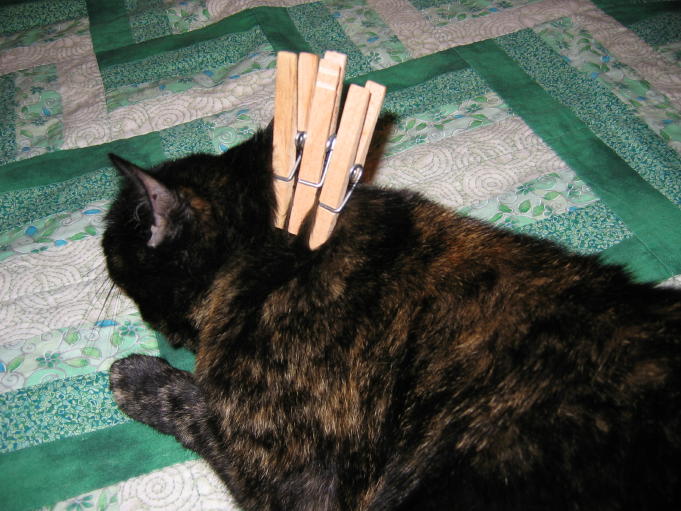
. Have the animal the client and yourself with or without an assistant in the room with the unopened fluid bag the unopened fluid line an unopened needle a towel and a fluid hanger. If that happens to you and your cat. Offer the client pen and paper to take notes or offer to write the steps down for them.
How to give subcutaneous fluids to your cat Before deciding for a course of Fluidotherapy for the cat it is necessary to ask all the information to the veterinarian who will decide on the basis of the analyzes made the times methods and quantity of liquids and not least if it is preferable to infuse lactated or physiological Ringer. The pet is generally sedated before the procedure but can experience numbness and pain in the injection area after the process. Subcutaneous SQ fluid administration is the term used to describe giving fluids into the space under the skin subcutaneous tissue from where it can be slowly absorbed into the blood and body.
Effects of IV Fluids in Dogs and Cats With Kidney Failure. Air embolism can occur if there is air in the syringe or bag. Fluids containing dextrose or sugar solutions should be avoided.
Though most procedures complete without any complications cat owners should know about the side effects of subcutaneous fluids. If your cat is unable to. Observe the effect the treatment has on your cat when considering subcutaneous fluids.
Other cats are unable to emotionally adjust and experience a decrease in emotional quality of life as a result. So subcutaneous fluids commonly known as sub-Qs in the USA and subcuts in the UK are a way of hydrating the cat by carefully introducing fluids under the skin. Trouble Giving SubQ Fluids Cat Fighting or Resisting Fluids.
Though most procedures complete without any complications cat owners should know about the side effects of subcutaneous fluids. With chronic r enal failure cats usually lose more fluids than usual through their kidneys and as the disease. Subcutaneous Fluids for Cats Supplies and terminology.
This is a very useful way of providing additional fluids to cats and helping to manage and prevent dehydration. Check the drip chamber on your line. Lots of animals require extra fluids either temporarily or indefinitely to insure that they receive adequate hydration.
Sub cutaneous SQ fluid administration is providing fluids into the space under the skin from where it can be slowly absorbed into the blood and body. The biggest concern is the pain and discomfort associated with the administration. If any part of your bag is leaking and.
These can result in infection at the site of injection or severe skin irritation resulting in. This is a very useful way of provi ding additional fluids to cats and helping to manage and prevent dehydration. The bevel of the needle is the opening at the very tip of it which pierces the skin.
A less physiologic option for maintaining hydration in an animal with AKI is the use of subcutaneous fluids. Subcutaneous means under the skin. The chamber should be about half full.
Risks Damage to a vein during injection or during fluid therapy. Lactated ringers 09 percent saline Ringers Normosol-R and Plasmalyte are most commonly used. The technique is simple but sometimes daunting to the beginner.
The biggest concern is the pain and discomfort associated with the administration. Some cats will fight against or resist fluids. Instead of placing a slow drip of fluids into the cats vein as happens with intravenous IV fluids the fluid is injected just under the skin with.
Here is a pictured guide to assist with the learning experience of. The body absorbs subcutaneously slower than intravenous fluids therefore are not suitable for cats with hypovolemia shock or dehydration. Fluid overload is a commonly mentioned negative side effect of intravenous fluid therapy especially in patients with initial renal dysfunction.
The needle is a metal device used to pierce through the skin to inject the fluid.

Tanya S Comprehensive Guide To Feline Chronic Kidney Disease Tips On Giving Subcutaneous Fluids
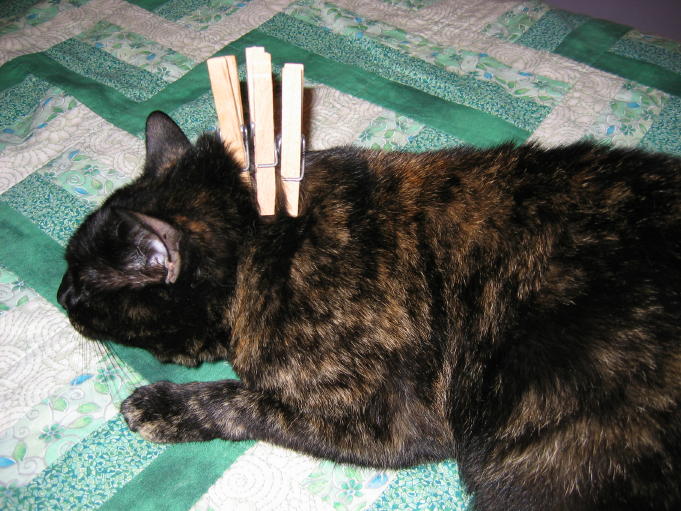
Tanya S Comprehensive Guide To Feline Chronic Kidney Disease Tips On Giving Subcutaneous Fluids
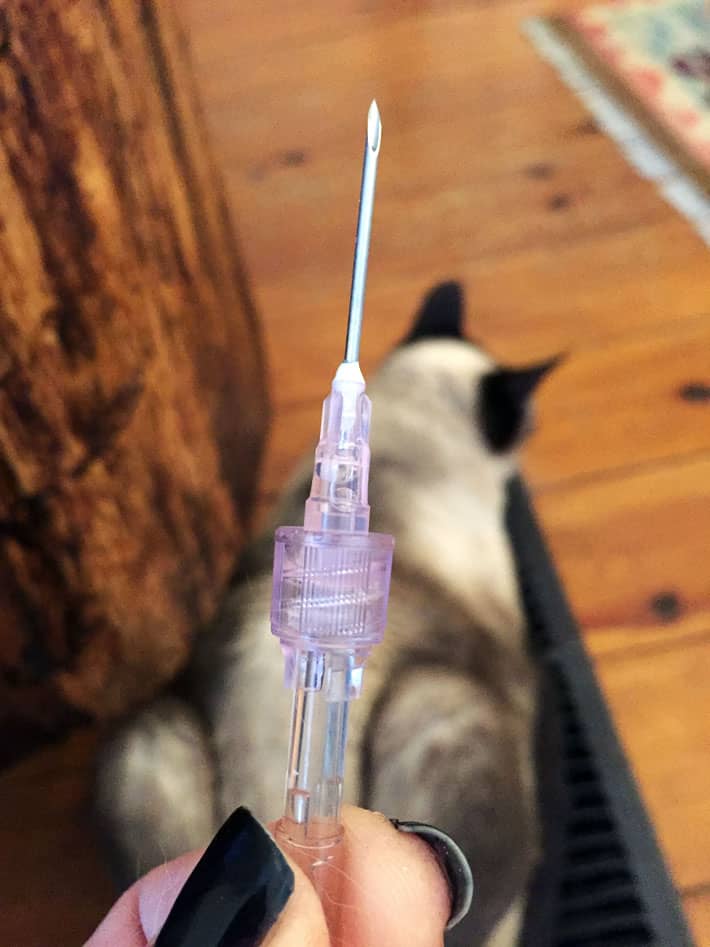
How To Give Subcutaneous Fluids To Your Elderly Cat

How To Give Subcutaneous Fluids To Your Cat At Home Youtube
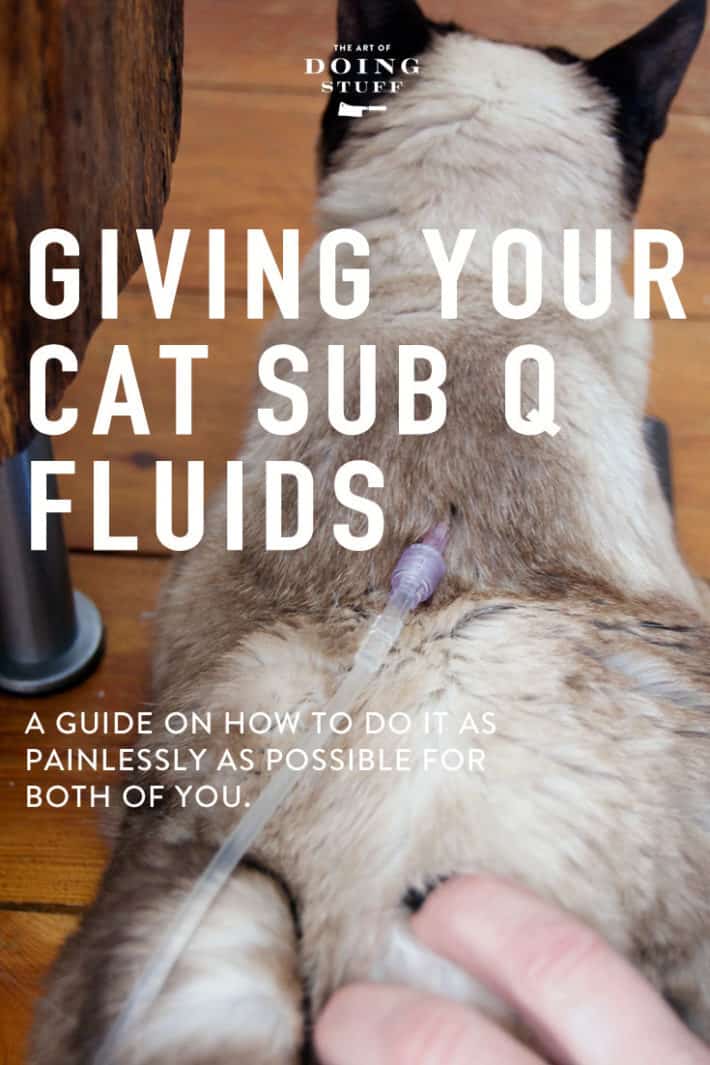
How To Give Subcutaneous Fluids To Your Elderly Cat

Tanya S Comprehensive Guide To Feline Chronic Kidney Disease Tips On Giving Subcutaneous Fluids

Cat Subcutaneous Fluids Leaking What Needs To Be Done Here Cattybox
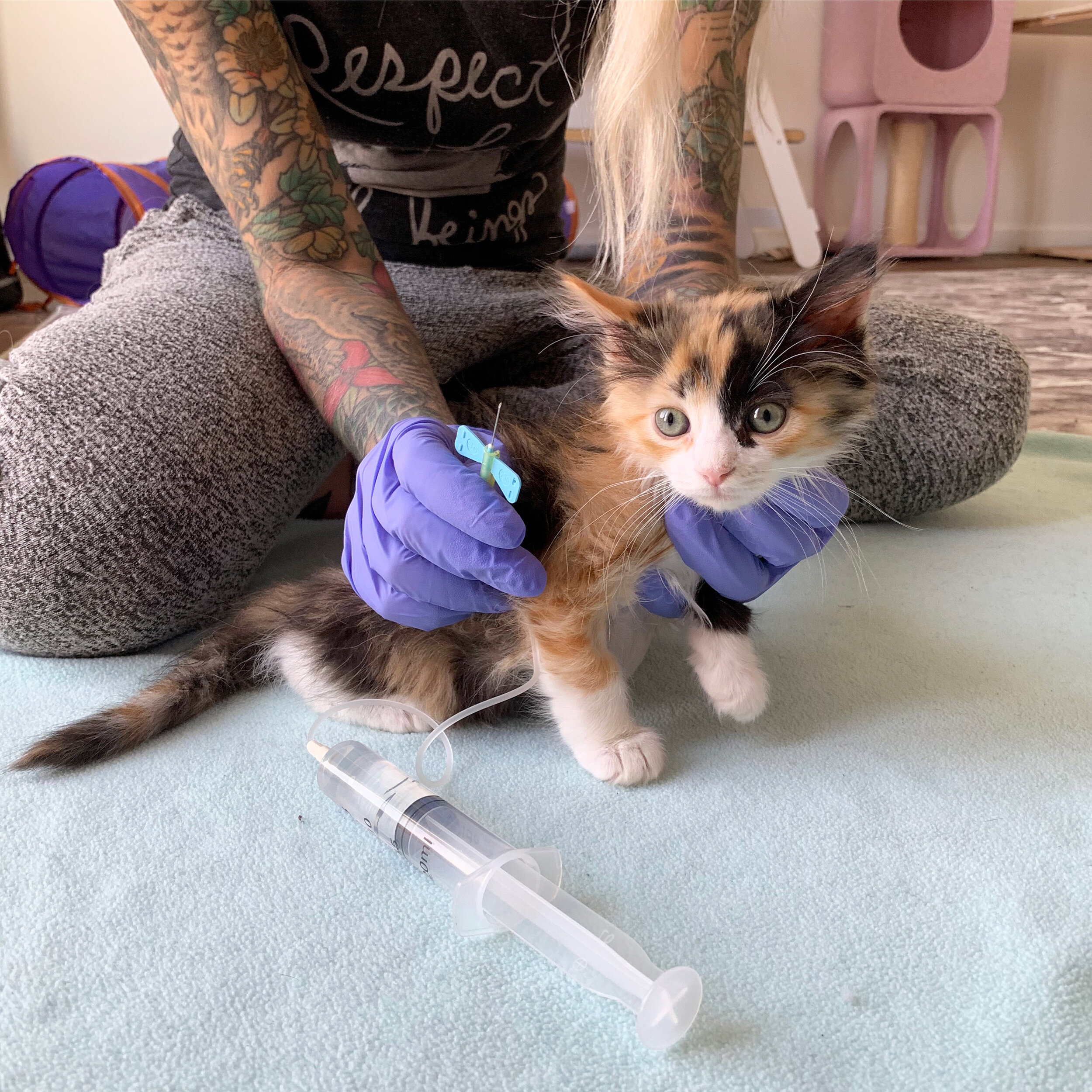
Subcutaneous Fluids For Young Kittens Kitten Lady

Dehydration Sub Q Fluids Pet Info Alley

Cat Subcutaneous Fluids Leaking What Needs To Be Done Here Cattybox
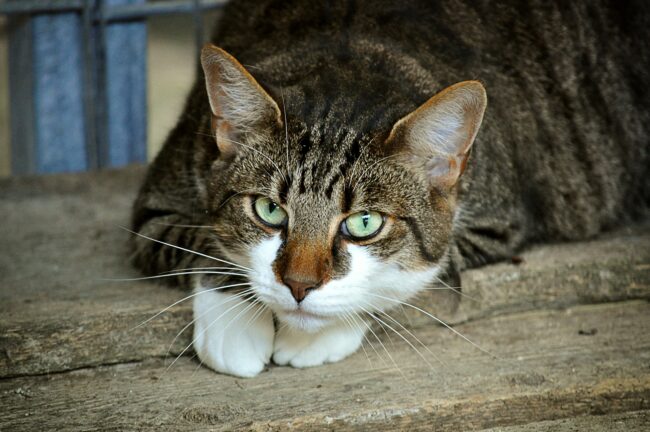
Subcutaneous Fluids For Cats Administration Side Effects More

Frontiers Effects Of Iv Fluids In Dogs And Cats With Kidney Failure Veterinary Science

Subcutaneous Fluid Therapy You Want Me To Poke What
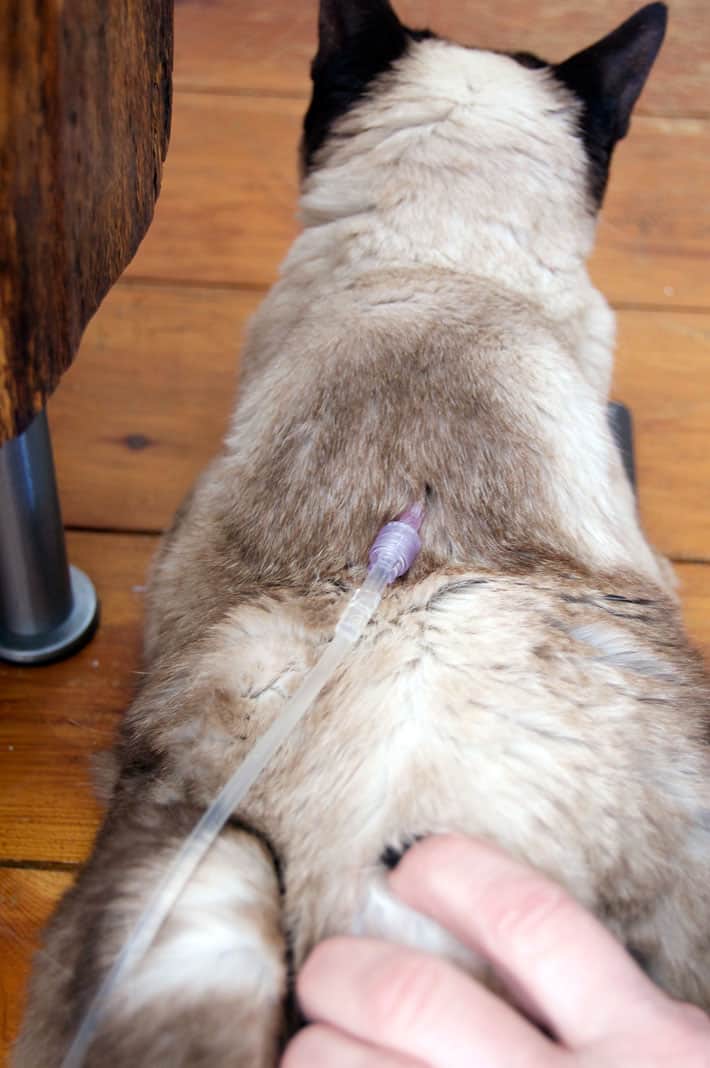
How To Give Subcutaneous Fluids To Your Elderly Cat

Subcutaneous Fluid Administration In Dogs Vca Animal Hospitals